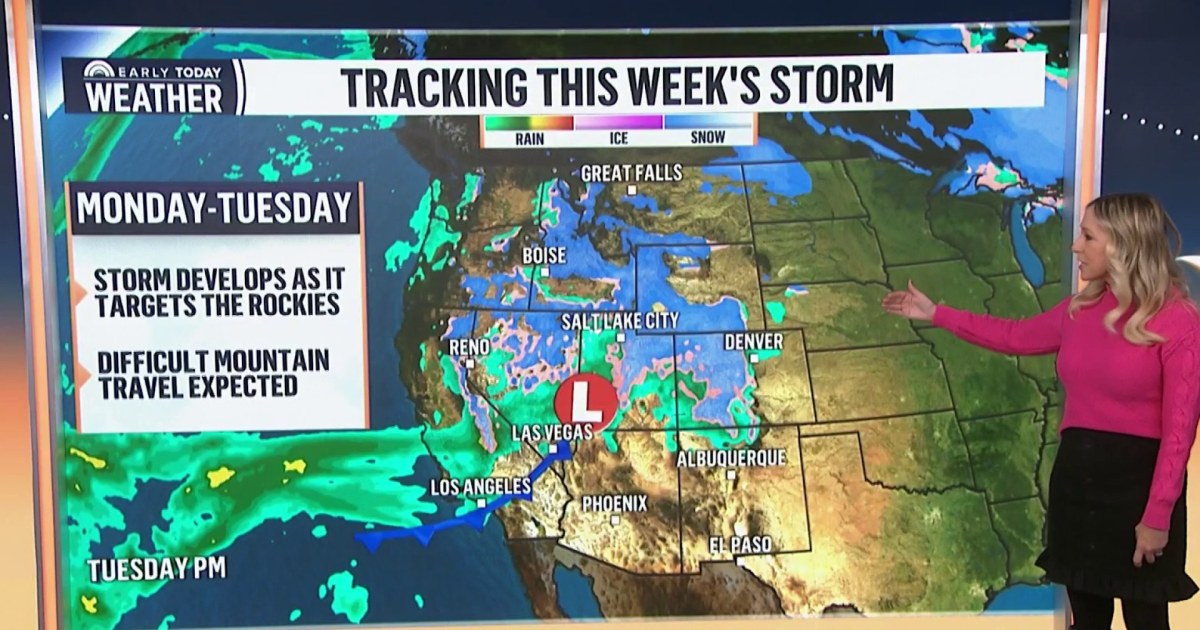Travel
Alaska Faces New Travel Challenges Amid Surging Cruise Traffic – Travel And Tour World

Monday, July 22, 2024
Reading Time: 3 minutes
The cruise industry in Alaska has seen unprecedented growth, driven by the state’s unique allure and the increasing number of tourists seeking to experience its pristine natural beauty. While this surge in demand has brought economic benefits, it has also introduced significant challenges for the region’s infrastructure and communities. Thereby these challenges, highlighting the impact of visa-free travel, the communities most affected, and the measures being taken to address these issues.
Unprecedented Growth in Cruise Traffic
In recent years, Alaska has broken records for cruise ship passengers. According to the Alaska Travel Industry Association (ATIA), the state has seen a substantial increase in the number of visitors arriving via cruise ships. Jillian Simpson, ATIA president and CEO, confirmed that the cruise sector has fully recovered from the COVID-19 pandemic, contributing significantly to the state’s tourism industry .
However, this boom has not come without challenges. Remote communities like Nome and Kodiak have seen their largest cruise ships in history, while others have had to turn away thousands of tourists due to wildfires and other unforeseen circumstances. These incidents underscore the need for better infrastructure and emergency preparedness to handle the growing influx of tourists.
Impact of Visa-Free Travel
Visa-free travel agreements have played a crucial role in boosting Alaska’s cruise traffic. Citizens from countries such as Canada, Japan, and South Korea can enter the United States without a visa for short stays, making Alaska an attractive destination for these travelers. The ease of access has led to a significant increase in tourists from these nations, further straining the state’s capacity to accommodate the surge.
For instance, Canadian tourists, who form a substantial portion of Alaska’s cruise visitors, have benefited from the close proximity and the visa waiver program. Similarly, the visa-free entry for Japanese and South Korean nationals has encouraged more visitors from these countries to explore Alaska’s scenic landscapes via cruise ships .
Strain on Local Communities and Infrastructure
The influx of cruise tourists has put immense pressure on local communities and infrastructure. In cities like Juneau, the number of cruise passengers has reached a point where the local government is considering measures to limit their numbers. Juneau’s tourism manager, Alexandra Pierce, has been working with community stakeholders to develop a sustainable tourism model that balances economic benefits with the well-being of residents and the environment .
Smaller communities, such as Hoonah and Klawock, are also feeling the impact. Hoonah’s Icy Strait Point, managed by the Huna Totem Corporation, has seen incremental growth in cruise traffic over the past 20 years. While this has brought economic opportunities, it also requires careful management to prevent overwhelming the village .
Efforts to Diversify Tourism
To mitigate the challenges posed by the surge in cruise traffic, Alaska is focusing on diversifying its tourism industry. The ATIA is actively promoting independent travel, encouraging visitors to explore the state beyond the cruise season. In the summer, 65% of tourists arrive via cruise ships, while 35% travel independently by driving, taking ferries, or flying. In winter, all tourists are independent travelers, highlighting the importance of this segment for the state’s tourism industry .
Communities are also exploring new strategies to attract tourists. For example, the development of new ports and tour products aims to spread the benefits of tourism more evenly across the state. By building infrastructure and creating unique experiences, Alaska hopes to draw more independent travelers and reduce its reliance on cruise ships.
Sustainable Tourism Initiatives
Sustainability is at the forefront of Alaska’s tourism strategy. Initiatives like the community-led tourism model in Juneau serve as a blueprint for other regions. By involving local residents and businesses in tourism planning, these initiatives ensure that the growth of tourism aligns with the community’s values and needs.
Moreover, partnerships with indigenous corporations, such as the Huna Totem Corporation and Doyon, have proven successful in managing tourism growth sustainably. These corporations work closely with local communities to develop tourism products that reflect the cultural heritage and natural beauty of the region while providing economic benefits.
Alaska’s cruise traffic industry is a double-edged sword. While it brings substantial economic benefits, it also presents significant challenges that require careful management and strategic planning. By promoting independent travel, developing sustainable tourism models, and investing in infrastructure, Alaska can continue to thrive as a premier tourist destination without compromising the well-being of its communities and environment.







/cdn.vox-cdn.com/uploads/chorus_asset/file/25080265/111323_PlayStation_Portal_ADiBenedetto_0004.jpg)




